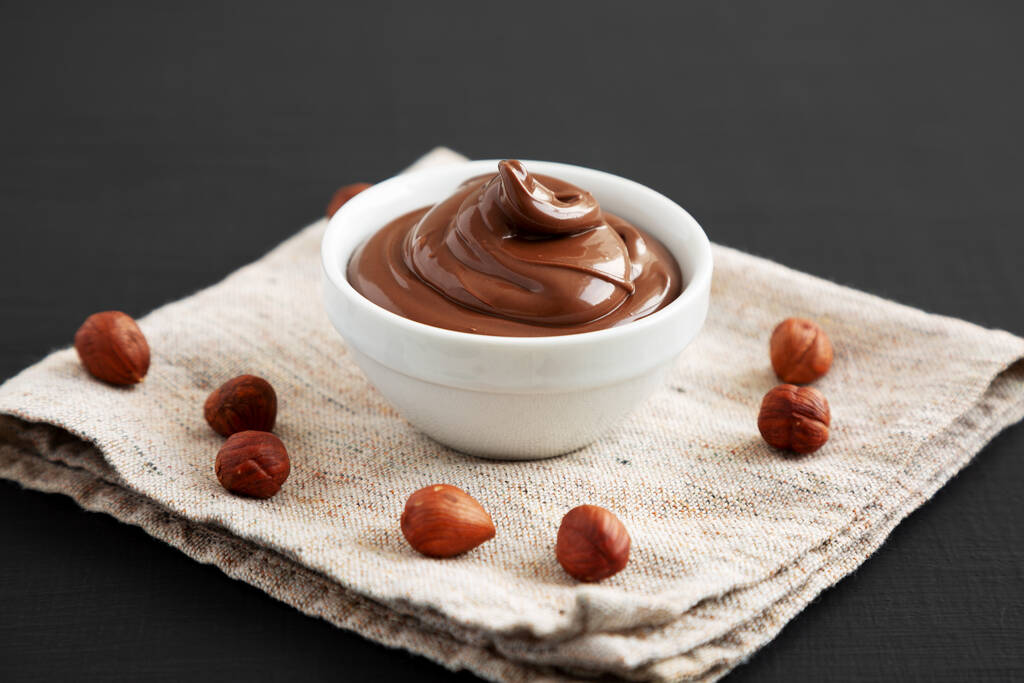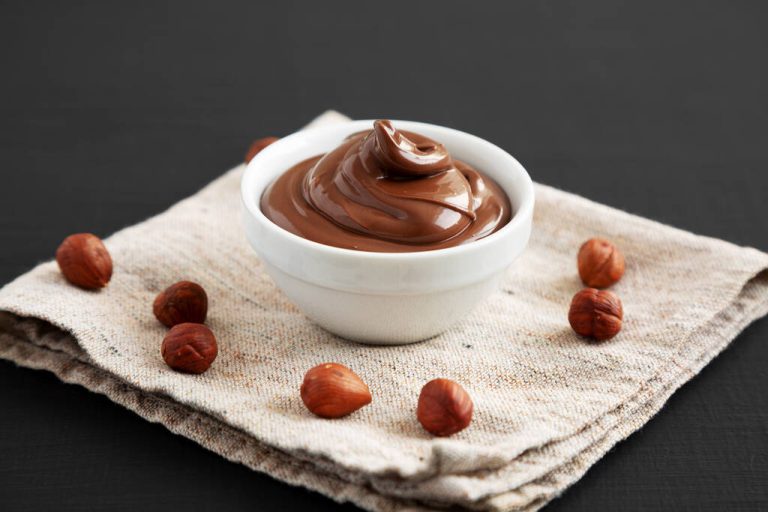Researchers have found that palm oil promotes the spread of cancer cells. Although the substance is so dangerous, it is found in many foods.
A new study shows how dangerous many foods and other everyday products are. Because palm oil is found in many foods, such as pizza, chocolate spread or baby food. But also in shower gel, hand cream and detergent. According to a new study, the palmitic acid contained in palm oil can promote the spread of metastases – and thus the spread of cancer.

Palm oil in food: Palmitic acid can alter cancer cells
Researchers at the “Institute for Research in Biomedicine” (IRB) in Barcelona have proven that palmitic acid, which is mainly found in palm oil, changes cancer cells. The food industry often uses palm oil as a cheap fat in many finished products. Because: Palm oil tastes similar to butter and gives food a spreadable, creamy consistency. Palm oil is often added to many finished products, sweets and baby food. In the cosmetics industry, surfactants and emulsifiers are made from palm oil components.
But palm oil is not exactly one of the highest quality vegetable fats. It’s fairly high in unhealthy saturated fat and low in healthy unsaturated fat. Furthermore, palm oil has long been suspected of being involved in the development of diseases.
The IRB study now shows how palmitic acid promotes the spread of metastases.
Why does palm fat promote the spread of cancer?
The researchers at the IRB were able to find out in mouse models how palmitic acid from palm fat causes cancer by altering its genome. This increases the likelihood that tumors will spread. Metastasis, or the spread of cancer, remains the leading cause of death in cancer patients. The vast majority of these people can now be treated but not cured.
“There is something very special about palmitic acid that makes it an extremely powerful promoter of metastasis,” IRB director Salvador Aznar-Benitah told the Guardian newspaper. The study, conducted on mice, found that palmitic acid promotes long-term metastasis in oral and skin cancer.
The study noted that there is no evidence to date that all dietary fatty acids can promote cancer metastasis. Other fatty acids such as oleic and linoleic acid, so-called omega-6 and omega-9 fats found in foods like olive oil and flaxseed, did not show this effect. More specifically: None of the other fatty acids tested generally increased the risk of developing cancer. With palmitine, however, this is different.
Breakthrough in cancer research?
In order to spread, cancer cells need certain nutrients. The researchers at the “Institute for Research in Biomedicine” are certain that cancer cells are primarily dependent on fatty acids. In the experiment with the mice, it became clear that oral and skin cancer spread more quickly when the animals were given palmitic acid. Palmitic acid appears to regenerate cancer cells, causing metastases to form.
According to Dr. Helen Rippon, executive director of Worldwide Cancer Research, “a major breakthrough in our understanding of the link between diet and cancer and, perhaps more importantly, how we can use this knowledge to develop new cures for cancer.”
This knowledge could now also help to improve cancer treatments in the future. Because metastases are responsible for about 90 percent of all deaths in cancer patients. As the authors of the study noted, if we now learned more about which foods or components of products promote the spread of cancer, we could possibly reduce the number of cancer deaths in the future

Can’t you just replace palm oil?
Palm oil has long been criticized and raises the suspicion that it promotes the development of diabetes, vascular diseases and cancer. This is due to the high proportion of saturated fatty acids and industrial processing, which can produce carcinogenic substances. If palm oil is heated too much, fatty acid esters are formed, which the “Federal Institute for Risk Assessment” (BfR) has already classified as carcinogenic.







